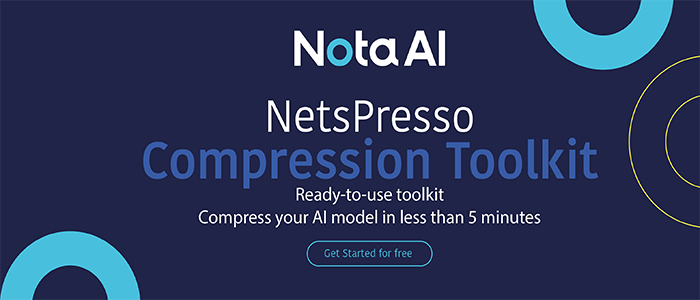The University of Michigan Researchers Proposes A New Machine Learning (ML) Model That Anticipates Interactions Between Nanoparticles And Proteins
This Article Is Based On The Research 'Unifying structural descriptors for biological and bioinspired nanoscale complexes'. All Credit For This Research Goes To The Researchers of This Project 👏👏👏 Please Don't Forget To Join Our ML Subreddit
A new Machine Learning ML model created at the University of Michigan anticipates interactions between nanoparticles and proteins. More than just drug delivery vehicles, nanoparticles have been reevaluated. As a drug in and of itself, they are effective.
Nanoparticles are known to be adjuvants, enzyme mimics, and inhibitors of amyloid fibrillation, among other functions. To further improve them, their interactions with proteins need to be understood. Protein–nanoparticle assemblies can be designed using knowledge about protein-protein interactions. However, the chemical and biological inputs utilized in computer tools for protein-protein interactions do not apply to inorganic nanoparticles.
Geometric and graph-theoretical descriptors are universally applicable to natural and inorganic nanostructures. They can accurately predict interaction sites in protein pairs with a classification probability of 90% by analyzing chemical, geometrical, and graph-theoretical descriptors for protein complexes. Machine-learning algorithms trained on protein-protein interactions were extended to inorganic nanoparticles, and a virtually identical match between experimental and anticipated interaction sites with protein was observed. Based on these findings, lock-and-key complexes can be predicted for different organic and inorganic nanoparticles applied to other chemical structures.

Lock-and-key complexes have been used to conceptualize interactions between proteins, represented in numerous successful protein-protein interactions (PPI) algorithms. These and other computational tools use the pairwise similarity of a putative ‘key’ with many other ‘keys’ to predict protein complex formation and interaction sites. Nanoparticle (NP)–protein interactions can benefit from a similar approach. However, a library of X-ray diffraction data for NP–protein couples comparable to the Protein Data Bank (PDB) is currently missing.
PPI software packages also assume that the interacting molecules are linear polymers from amino acids (AAs). Even though some AAs may be on the surface of bioinspired inorganic NPs, it is hard to apply these algorithms to these NPs.
So many antibiotics are derivatives of other antibiotics because discovering new medications can be slow and unpredictable. The “lock-and-key” mechanisms that dominate interactions between biological molecules are being used by drug scientists to create medicines that can fight bacteria and viruses in many preferred ways. Nanoparticles may be used to interrupt infections, but it was unclear how to move from the abstract concept of employing nanoparticles to practical application. By applying mathematical methods to protein-protein interactions, it is now possible to streamline the design of nanoparticles. Unlike biomolecules, nanoparticles are more stable and can lead to new antibacterial and viral medicines.
The goal is to discover structural descriptors that may be used to universally describe complexes between proteins and NPs by examining the role of various structural aspects in protein-protein complex formations. Identifying such descriptors would allow one to expand the knowledge gained from the enormous PPI datasets and existing methods to NP–protein combinations seen in various biomedical scenarios, from medication delivery to the environmental consequences of NPs.
The new ML method connects nanoparticles to proteins using three alternative descriptions. The two structure-related descriptions were far more critical than the standard chemical description to forecast whether a nanoparticle will be an exact lock and crucial match with one particular protein. These two structural descriptions caught the protein’s complicated surface and how it might reorganize itself to facilitate lock-and-key fits.
An essential consideration in predicting how proteins and nanoparticles will bind is chirality. Chirality is the clockwise or counterclockwise rotation of a molecule or particle. Various proteins can be targeted, both on the exterior and inside bacteria. These nanoparticles and proteins can be discovered by using this model as a first screening step. Researchers can perform more in-depth simulations and tests based on this ML algorithm that has detected matches.
Machine learning algorithms like this will provide a design tool for nanoparticles, which can be employed in various biological processes. One notable example is the inhibition of the virus that causes COVID-19. The researchers believe nanoparticles with broad antiviral activity can be efficiently designed. Understanding and designing new classes of antibiotics that have multiple modes of action is precisely what this work covers.
Paper: https://www.nature.com/articles/s43588-022-00229-w.pdf
Source: https://phys.org/news/2022-05-nanobiotics-machine-nanoparticles-interact-proteins.html
Credit: Source link


Comments are closed.